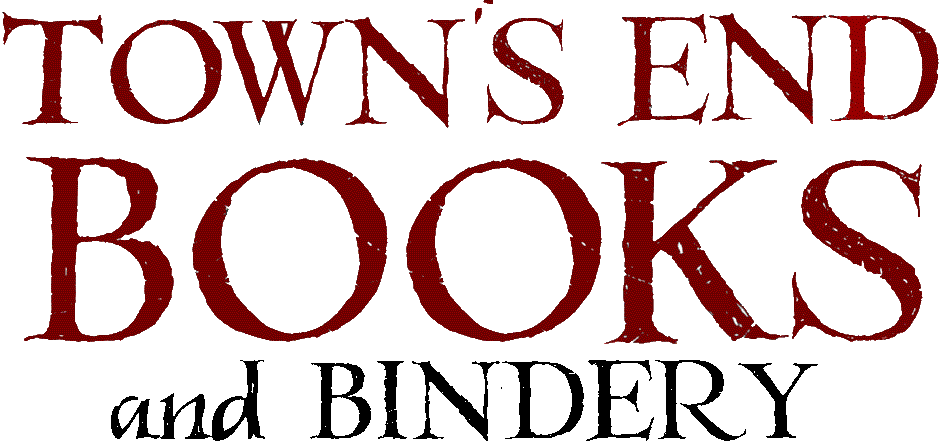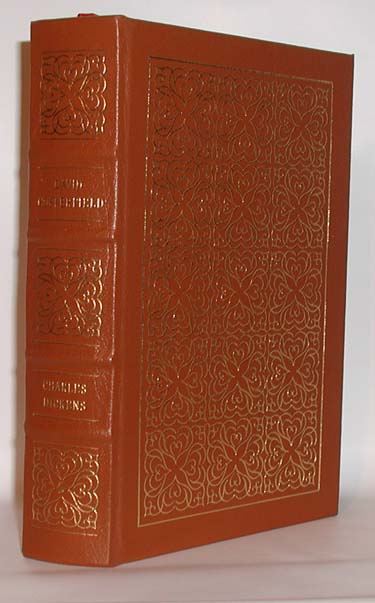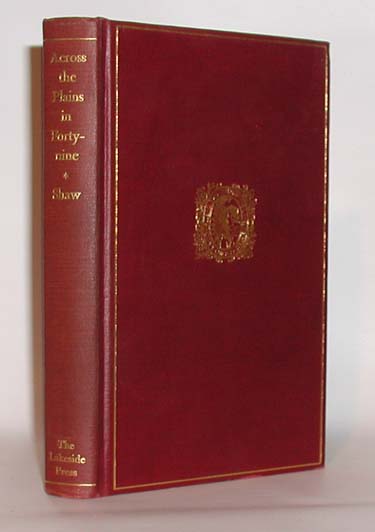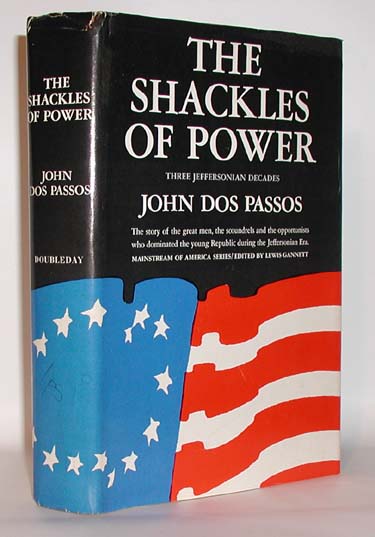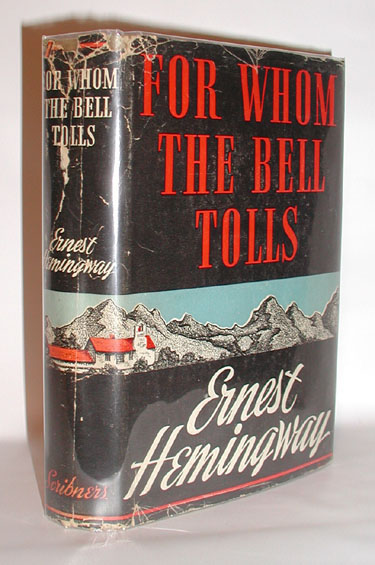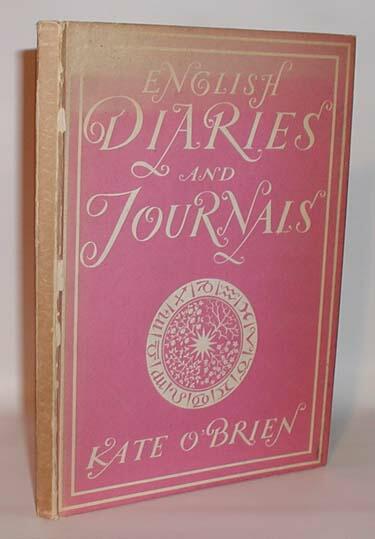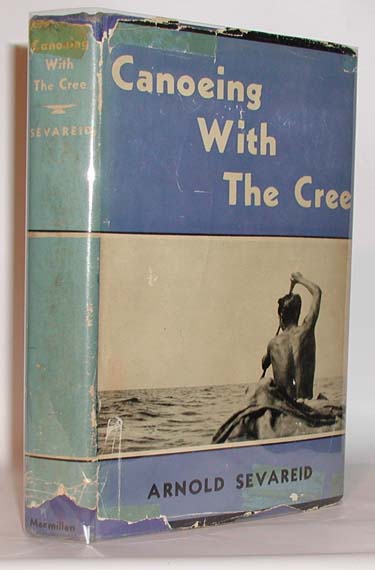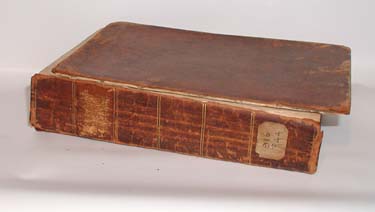Our Grading Standards
We use the following standards in grading our books and dust jackets ("DJ"). We try to avoid abreviations but when present it is often in the form of something like "VG/VG", where the first code defines the grade for the book, and the second is for the grade of the dustjacket.
Where an image appears please click on it to produce a larger version. Then, use your browser's back button to return to this page.
Book |
Grade Description |
Dust Jacket
|
|
Fine (F): Virtually new, the highest grade we give to books. No major defects, no torn or missing pages, no names, dates, book plates within, or any writing or marks on any of the pages. No wear or rubbing to the edges of the binding. A book in a fine condition would be very difficult to tell if it had been read. A fine dust jacket (DJ) would show no blemishes, rubbing or tears, chips (missing pieces) or faults of any kind. All books and dust jackets given a grade of "fine"
by us will be described noting any defects (as long as they are found). If we overlook a defect and a customer is unhappy with the book it may
be returned to us for a full refund. |
||
|
Near Fine (NF): Almost fine, but showing very faint signs of wear and or rubbing; but, the binding would still be tight with no missing or damaged pages. Generally there will be no defects; although, slight damage will be noted. For example "A few small, minor water spots on rear board, otherwise near fine." A dust jacket may be price clipped but there can be no rips, tears or chips to the paper. There might however be minor loss to the colors but not the underlying paper. Certainly we will note all defects and we always try to
spell-out when a dust jacket has been price clipped. |
||
|
Very Good (VG): A typical used book which is no longer fresh and crisp. It might have ownership marks or book plates; but, it is still complete and will have no major defects. The cloth on the boards might be slightly faded. A dust jacket in very good condition may have a few minor flaws such as a closed tear or minor chip or chipping or a price clipped front flap. Some major defects may be present, but they will be noted. General wear
is typically not noted; but,
if any specific flaw exceeds the subjective
"typical," it will be noted. |
||
|
Good (G): A well worn, used book but one which still has all of its pages. It is the lowest grade given to collectable books. It should have no more than one major defect such as a cracked hinge, or dampstaining. If the cloth binding is torn or heavily faded it would cause the book to be graded as "good". If a dust jacket has major tears, heavy chipping or tape repairs it should be graded as good. For a book in "good" condition we will note major defects and
other minor defects may not be noted. |
||
|
Fair (Not Abbreviated): A heavily worn, used book. We rarely acquire books in this condition as there are not many books in "fair" condition that are worth owning.. Exceptions are sometimes made if a book is extremely scarce in any sort of condition. Due to the fragile nature of dust jackets we will sometimes acquire a book in very good or better condition with a fair dust jacket. However, this will only be the case when the book is exceptionaly uncommon. If we bother to catalog a book in good condition we generally note all
major defects as will be the case with a dust jacket. |
||
Poor (Not Abbreviated):
We rarely use this term as we just do not acquire books in this condition.
(Quite honestly, very few "poor" books are worth listing.) Generally, these
are the books that would be thrown away. Occasionally, however, an extremely
scarce title may be cataloged in which case all major defects will be noted. We might also acquire an uncommon first edition in poor
condition so that it can be rebound as is the case with the book pictured at the left. |
||
Reading Copy (Not Abbreviated): This is not a grade, per se, but a qualification. If a book is not collectible, we will give it this classification without citing major or minor flaws (very major flaws will be noted). |
Qualifiers of + or - are also used, (except Fine+), to help bridge the gap
with some book and dust jacket condtions.
(It's not unusual for new books to be less than in "fine" condition due to wear
and tear and abuse while at the new book shop.)
General examples of defects: |
|
__________________

